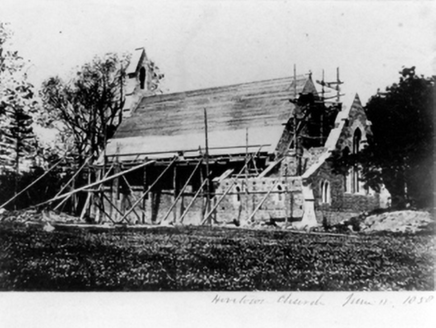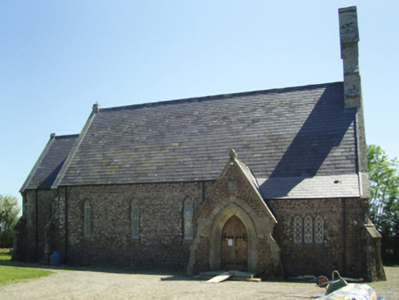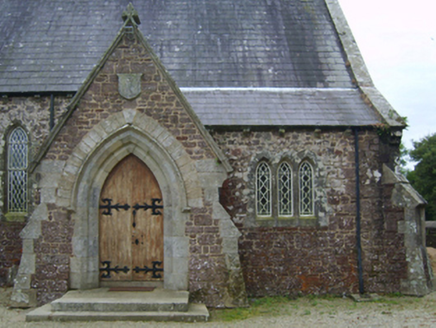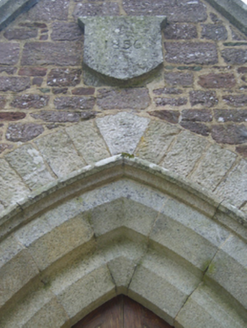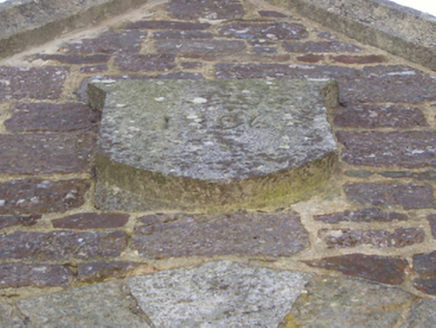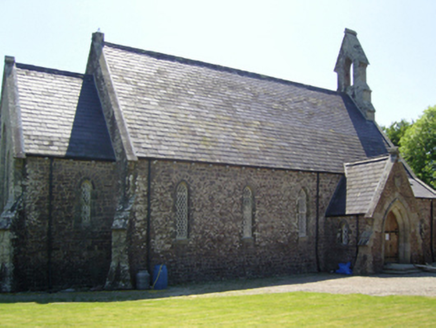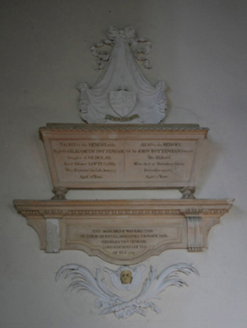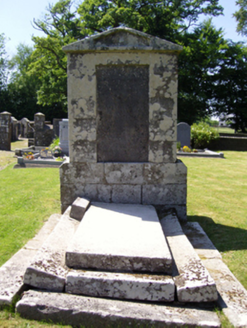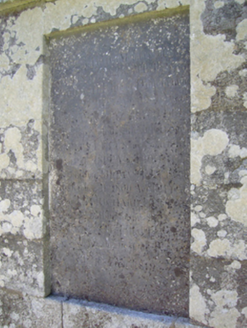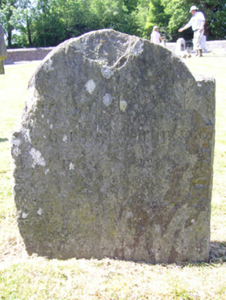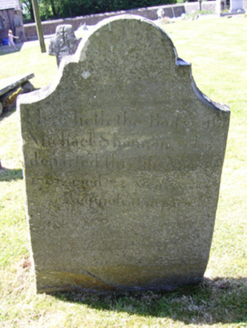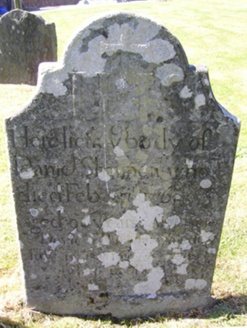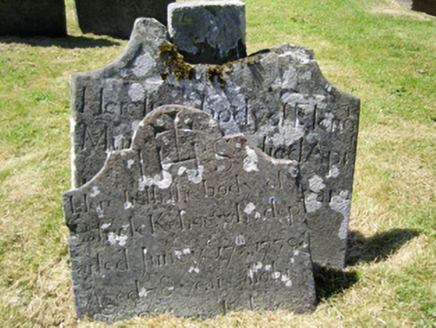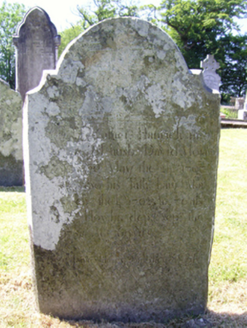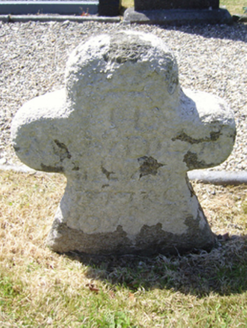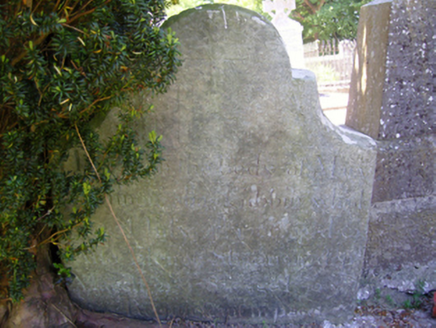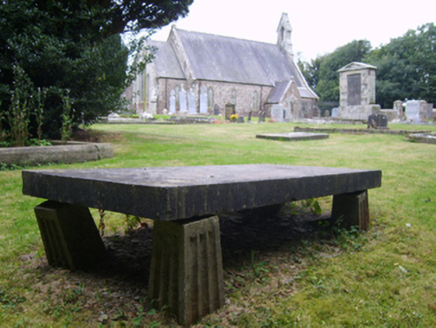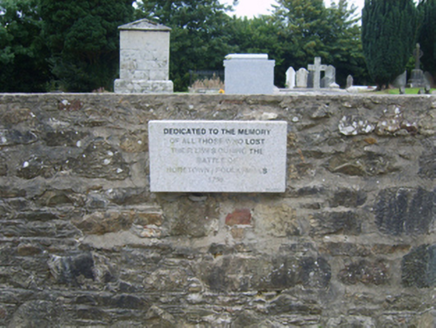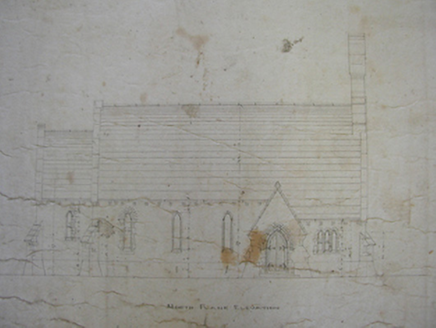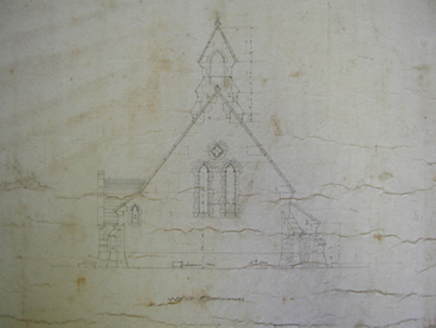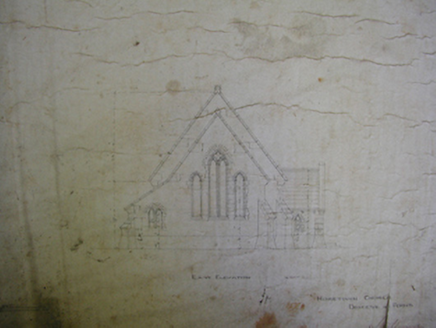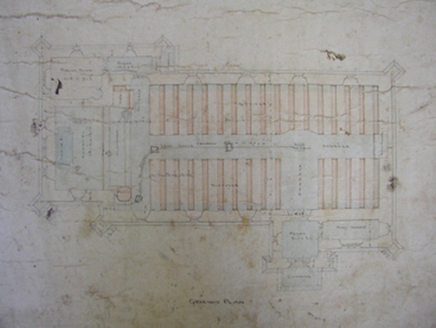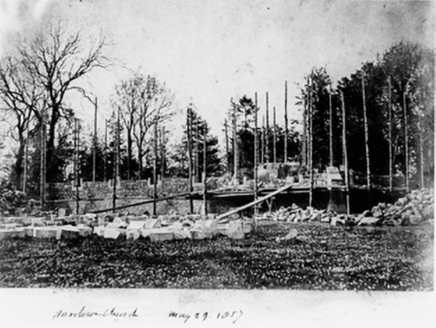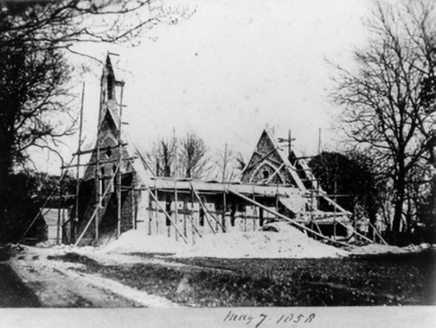Survey Data
Reg No
15704101
Rating
Regional
Categories of Special Interest
Architectural, Artistic, Historical, Social, Technical
Original Use
Church/chapel
In Use As
Church/chapel
Date
1855 - 1860
Coordinates
287522, 119654
Date Recorded
12/09/2007
Date Updated
--/--/--
Description
Detached six-bay double-height Ecclesiastical Commissioners' Church of Ireland church, built 1856-9; dedicated 1862, on a rectangular plan comprising five-bay double-height nave opening into single-bay double-height chancel (east); single-bay single-storey gabled projecting porch (north-west). Restored, 2008-9. Pitched slate roofs including pitched (gabled) slate roof (porch), roll moulded clay ridge tiles, cut-granite "Cavetto" coping to gables on drag edged tooled cut-granite "Cavetto" corbel kneelers including cut-granite "Cavetto" coping to gable to entrance (west) front on drag edged tooled cut-granite "Cavetto" corbel kneelers with buttressed gabled bellcote to apex, and cast-iron rainwater goods on cut-granite "Cavetto" consoles retaining cast-iron downpipes. Part repointed tuck pointed coursed or snecked "Old Red Sandstone" walls on battered base with cut-granite diagonal buttresses to corners having lichen-covered cut-granite "slated" coping. Lancet window openings with hammered granite block-and-start surrounds having chamfered reveals framing fixed-pane fittings having margins centred on cast-iron lattice glazing bars. Lancet "Trinity Window" (east) with cut-granite central Y-mullion, and hammered granite block-and-start surrounds having chamfered reveals framing storm glazing over fixed-pane fittings having leaded stained glass margins centred on leaded stained glass quatrefoils. Paired lancet window openings to entrance (west) front with hammered granite block-and-start surrounds having chamfered reveals framing fixed-pane fittings having margins centred on cast-iron lattice glazing bars. Pointed-arch door opening below cut-granite shield date stone ("1856"), cut-granite block-and-start surround having chamfered rebated reveals with hood moulding framing timber boarded double doors. Full-height interior open into roof restored, 2008-9, with reclaimed Classical-style wall monument (1789), quatrefoil-detailed baptismal font (west) on an octagonal plan, carpeted limestone flagged central aisle between timber pews, cut-white marble wall Classical-style monuments (1827; 1839), exposed pointed-arch braced strutted collared timber roof construction on cut-granite corbels with wind braced rafters to timber boarded ceiling on carved timber cornice, Gothic-style timber panelled pulpit on an octagonal plan with Gothic-style timber clerk's desk, and pointed-arch chancel arch framing stepped dais to chancel (east) with arcaded communion railing centred on cloaked altar below stained glass memorial "Trinity Window" (1858). Set in landscaped grounds with lichen-covered granite ashlar buttressed piers to perimeter having cut-granite "slated" capping supporting arrow head-detailed wrought iron double gates.
Appraisal
A church erected to designs signed (1862) by Joseph Welland (1798-1860), Architect to the Ecclesiastical Commissioners (appointed 1843), representing an important component of the mid nineteenth-century built heritage of south County Wexford with the architectural value of the composition, one photographed (1857-8) by Strangman Davis Goff (1810-83) of neighbouring Horetown House (see 15704102), confirmed by such attributes as the rectilinear plan form, aligned along a liturgically-correct axis; the construction in a ruby-coloured "Old Red Sandstone" offset by silver-grey granite dressings not only demonstrating good quality workmanship, but also producing a sobre two-tone palette; the slender profile of the openings underpinning a "medieval" Gothic theme with the chancel defined by an elegant "Trinity Window"; and the handsome bellcote embellishing the roofline as a picturesque eye-catcher in the landscape. Having been well maintained, the elementary form and massing survive intact together with substantial quantities of the original fabric, both to the exterior and to the interior where contemporary joinery; a reclaimed monument (1789) commemorating 'the Right Honble. ELIZABETH TOTTENHAM [and] Sir JOHN TOTTENHAM Baronet Her Husband Who died at Tottenham Green'; restrained monuments commemorating the Suttons of Longgraigue House (see 15704027) and Edward Owen Fortescue Stronge (1871-1949) of Raheenduff House (see 15704019); and the thirteenth-century French Gothic-style "Trinity Window" 'presented to the Parish of Horetown by H. and E. Howland New York U.S. MDCCCLVIII [1858]', all highlight the artistic potential of the composition: meanwhile, an exposed timber roof construction pinpoints the engineering or technical dexterity of a church making a pleasing visual statement in a sylvan setting.
